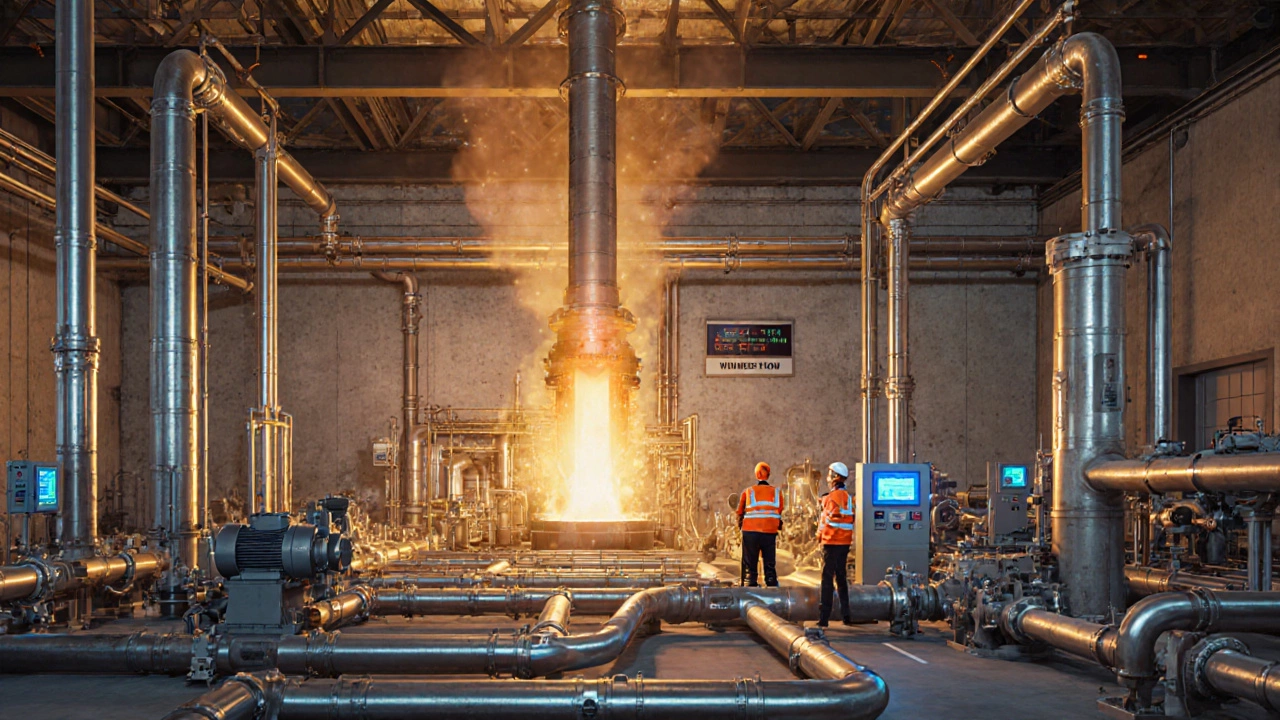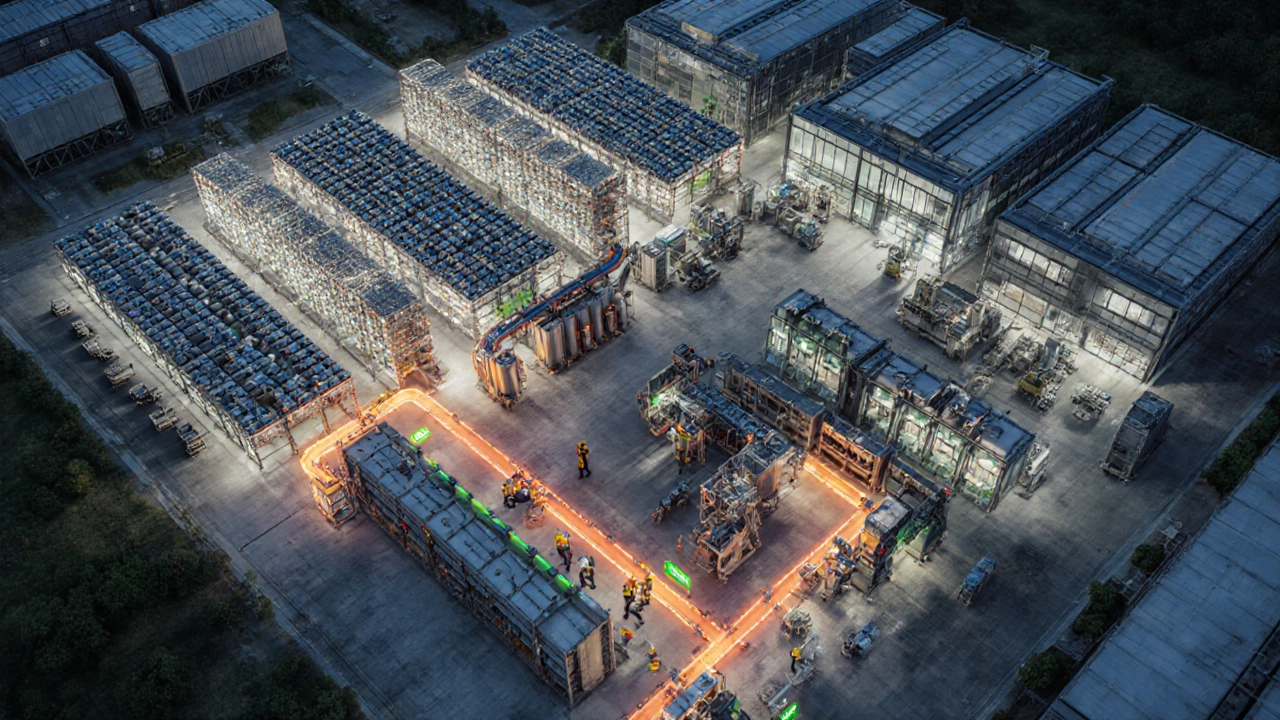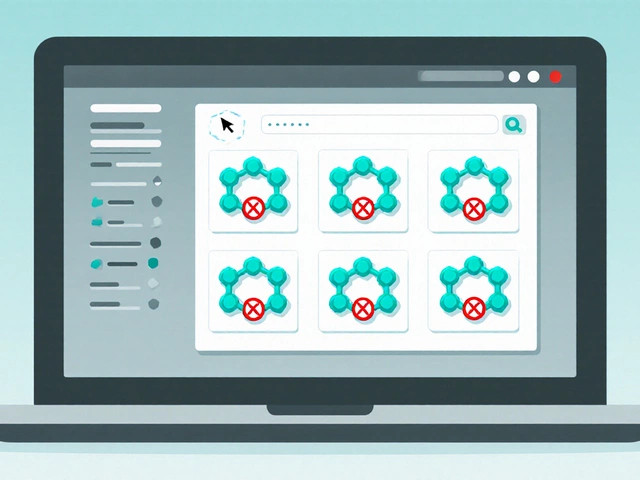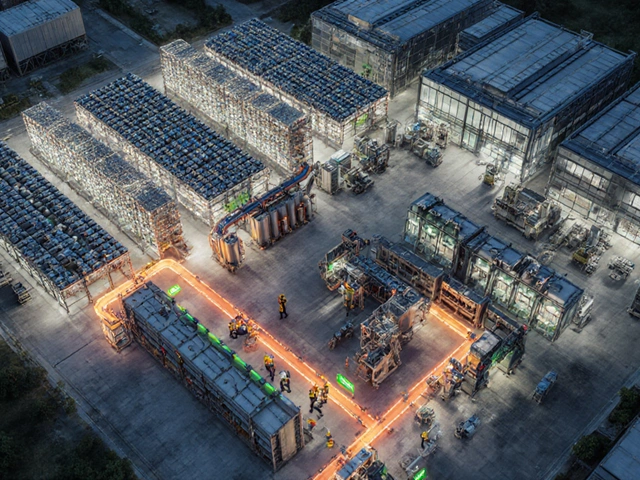Manufacturing Flow Selector Tool
Select your product characteristics and business constraints to identify the most suitable manufacturing flow for your operation. This tool helps match your production needs with UK government funding opportunities.
When we talk about Manufacturing Flow is the sequence of steps that transforms raw materials into finished goods within a production system, most people picture a single assembly line. In reality, businesses choose from several distinct flows to match product complexity, demand volatility, and capital constraints. Below we break down the seven most common manufacturing flows, show where they shine, and tie them into the UK’s current government schemes that reward efficient production.
Why Knowing the Different Flows Matters
Choosing the right flow can shave weeks off lead times, cut waste, and unlock funding under programmes like the UK Manufacturing Competitiveness Grant. It also helps you talk the same language as suppliers, investors, and policymakers. If you mix up “batch production” with “continuous flow,” you’ll end up with the wrong equipment budget and a missed opportunity for tax relief.
The Seven Core Manufacturing Flows
Each flow has a unique rhythm, technology stack, and set of trade‑offs. Let’s walk through them one by one.
1. Make‑to‑Stock (MTS)
Make‑to‑Stock is a push‑based system where products are manufactured in advance of customer orders based on forecasted demand. It works best for high‑volume, low‑variation items like standard screws or generic fasteners. The key advantage is instant availability; the downside is inventory carrying cost.
2. Assemble‑to‑Order (ATO)
Assemble‑to‑Order is a hybrid approach where sub‑assemblies are stocked, but final assembly waits for a confirmed order. Think of custom‑configurable laptops: the screen, CPU, and storage are pre‑made, but the exact combination is built after the customer clicks ‘Buy.’ This flow balances flexibility with relatively low lead time.
3. Make‑to‑Order (MTO)
Make‑to‑Order is a pull‑based process that starts production only after an order is received. Heavy machinery, bespoke furniture, and specialty chemicals fall into this category. The upside is minimal finished‑goods inventory; the downside is longer delivery windows.
4. Engineer‑to‑Order (ETO)
Engineer‑to‑Order is the most customized flow where design, engineering, and production all start after a client specifies requirements. This is common in aerospace components or custom‑built production lines. It demands close collaboration among design, procurement, and manufacturing teams.
5. Continuous Flow
Continuous Flow is an automated, nonstop process where material moves through the plant without interruption. Refineries, paper mills, and large‑scale food‑processing plants use this flow. Benefits include high efficiency and low per‑unit cost, but the upfront capital outlay is huge.
6. Batch Production
Batch Production is a semi‑flexible method where a set quantity of a product is produced before switching to another batch. It suits seasonal items like confectionery or limited‑run apparel. The main challenge is changeover time, which can be mitigated with SMED (Single‑Minute Exchange of Die) techniques.
7. Cellular Manufacturing
Cellular Manufacturing is a layout strategy that groups different machines into cells to produce a family of similar parts. This flow draws heavily from lean principles, reduces material handling, and improves worker engagement. It’s especially effective for medium‑volume, high‑variety products like automotive components.
Quick Comparison of the Seven Flows
| Flow | Typical Products | Lead Time | Flexibility | Capital Intensity |
|---|---|---|---|---|
| Make‑to‑Stock | Standard fasteners, basic electronics | Hours‑to‑days | Low | Medium |
| Assemble‑to‑Order | Custom PCs, modular furniture | Days‑to‑weeks | Medium | Medium |
| Make‑to‑Order | Heavy machinery, bespoke textiles | Weeks‑to‑months | High | High |
| Engineer‑to‑Order | Aerospace parts, custom plant equipment | Months‑to‑years | Very High | Very High |
| Continuous Flow | Refined oil, paper, bulk chemicals | Minutes | Low | Very High |
| Batch Production | Seasonal foods, limited‑run garments | Days‑weeks | Medium‑High | Medium |
| Cellular Manufacturing | Automotive sub‑assemblies, consumer appliances | Days‑weeks | High | Medium‑High |

How UK Government Schemes Reward the Right Flow
The UK government has rolled out several incentives that target specific manufacturing characteristics. If you run a continuous flow plant, you may qualify for the “Advanced Manufacturing Investment Fund,” which offers up to 30 % capital grants for high‑tech equipment. Companies using Lean Manufacturing principles (often paired with Cellular Manufacturing) can tap into the “Lean Production Tax Relief” that reduces corporation tax on qualifying process‑improvement spend.
For Make‑to‑Order and Engineer‑to‑Order outfits, the “Innovation Voucher Scheme” provides up to £10,000 for R&D collaborations with universities. Matching this with a robust value‑stream mapping exercise helps you prove the economic impact required for funding.
Implementation Checklist: Picking the Right Flow
- Map your product family - categorize items by volume, customization, and regulatory constraints.
- Run a demand forecast - use historical sales data to see if a push (MTS) or pull (MTO/ETO) approach fits.
- Assess capital availability - continuous flow needs heavy upfront spend, while batch may start with modest equipment.
- Evaluate skill levels - cellular manufacturing relies on cross‑trained crews; engineer‑to‑order needs design engineers on staff.
- Check eligibility for government schemes - match flow attributes with grant criteria early to avoid missed funding.
Common Pitfalls and How to Avoid Them
Even seasoned managers slip into the same traps when switching flows. Here are the top three and quick fixes.
- Over‑forecasting in MTS - leads to excess inventory and waste. Use rolling forecasts and adjust safety stock monthly.
- Long changeover times in Batch Production - inflate lead times. Apply SMED to shrink setup to under 10 minutes where possible.
- Insufficient communication in Engineer‑to‑Order - design changes cause costly re‑work. Adopt a stage‑gate process with documented sign‑offs.
Next Steps for Your Business
Start with a quick self‑assessment: list your top three products, note their order frequencies, and match them against the flow matrix above. Then reach out to your local enterprise partnership - they can guide you through the relevant grant applications. Finally, pilot a small cell or batch changeover improvement before scaling up; the learning curve is steep, but the payoff in reduced waste and better cash flow is worth it.
What is the main difference between Make‑to‑Stock and Make‑to‑Order?
Make‑to‑Stock produces goods based on forecasts before any customer order arrives, while Make‑to‑Order starts production only after a confirmed order, keeping finished‑goods inventory low.
Which flow benefits most from the UK’s Lean Production Tax Relief?
Cellular Manufacturing, which implements lean principles such as waste reduction and worker empowerment, is the primary candidate for this tax relief.
Can a company use more than one flow at the same time?
Yes. Many manufacturers run a hybrid model - for example, a core line of Make‑to‑Stock items alongside a Make‑to‑Order specialty line. The key is clear segregation of processes and inventory.
How does Continuous Flow differ from Batch Production?
Continuous Flow is an uninterrupted, automated process designed for very high volumes with minimal variability, whereas Batch Production runs a set quantity, stops, then reconfigures for the next batch, making it suitable for medium volumes and product variation.
What government funding is available for a small maker adopting Cellular Manufacturing?
The Small‑Scale Innovation Grant, managed by the Department for Business and Trade, offers up to £50,000 for process‑efficiency projects, which includes setting up cellular work‑cells.











Write a comment